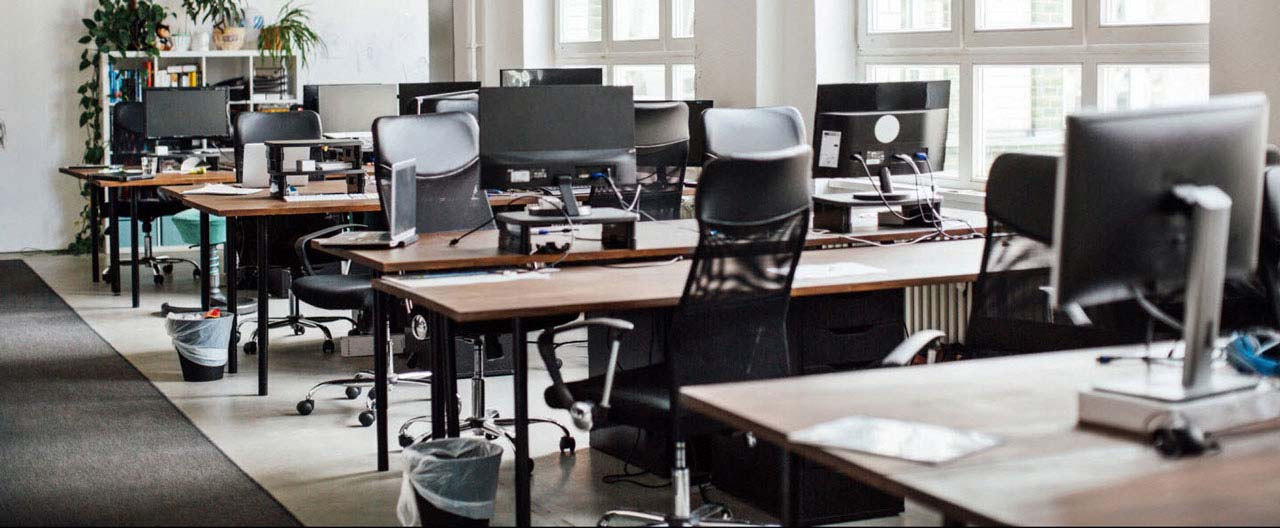- Individuals & Families
- Businesses
- Agents & Brokers
- Embedded Insurance

Chubb ranked #1 for Customer Satisfaction with the Home Insurance Claims Experience

Chubb ranked #1 for Customer Satisfaction with the Home Insurance Claims Experience

Chubb ranked #1 for Customer Satisfaction with the Home Insurance Claims Experience

Chubb ranked #1 for Customer Satisfaction with the Home Insurance Claims Experience

Because pets are family, Chubb now offers pet insurance with top-rated coverage from Healthy Paws.

Chubb offers the insurance protection you need for travel’s many “what ifs”.

Chubb protects small businesses at every stage – from newly formed start-ups to long-time anchors of the community.

Stay ahead of cyber threats with our free Cyber Claims Landscape Report.

Learn more about our dedicated learning paths, Online Learning Center, and more.

Many digital-savvy consumers look for it as a core or add-on option.

Many digital-savvy consumers look for it as a core or add-on option.

Many digital-savvy consumers look for it as a core or add-on option.

Chubb’s in-house technology makes it easy to integrate what we do into your customer experience.
-
About
-
Claims
-
Login & Pay Bill
For Agents & BrokersFor Travel Advisors
-
Back
Whether you’re working in an office or from home, having the right workspace set-up can help you avoid what is becoming the fastest-growing category of workplace injury: Musculoskeletal Disorder (MSD). MSDs such as carpal tunnel syndrome or tendonitis are often related to repetitive motion and stress injuries resulting from ergonomic stressors, like lifting heavy items, typing for too long on a computer, or sitting at a workstation in an awkward position.
What can you do to prevent getting an MSD? Here are some tips from worksite safety experts on how to use ergonomics—the practice of fitting a workplace to the employee’s needs—to help you stay healthy and avoid injuries on the job.
1. Adjust your chair
Ideally your workspace should have an adjustable chair that you can customize to work best for you. Specifically, you’ll want to pay attention to:
- Height: Adjust the seat height so that your feet are flat on the floor and your thighs are parallel to the ground (with your knees at a 90 degree angle). If your feet still cannot touch the floor, you may want to place them on a book, briefcase, or other solid object in order to keep your legs in the ergonomically correct position.
- Low back support: The chair’s lumbar support should be located in the small of the back (approximately belt loop height). If you still need additional support, a rolled up bath towel or pillow can be used to support your lower back.
- Depth: The seat pan should support as much of your legs as possible without touching the back of your knees.
- Arm rest: Arm rests should be slightly below sitting elbow height. Set the width so that the arms are close to your body.
2. Customize your desk and computer
Your workspace should be set up with the following:
- Mouse and keyboard: The mouse should be located next to the keyboard at the same height and directly in front of you. Your elbows should be bent at a 90 degree angle, wrists straight, and shoulders relaxed while working.
- Screens or monitors: The monitor should be placed directly in front of you, and approximately an arm's length away. The top of the screen should be at eye level.
- Glare: If your workspace has a window, position the monitor perpendicular to the window. Use blinds to regulate natural light levels. The monitor should be tilted as close to vertical as possible to minimize glare from overhead lighting.
- Layout: Keep items that you use most often close to you to minimize excessive reaching. Also make sure you have enough leg room.

3. Don’t forget about your commute
Now that your workspace is set up ergonomically, what about the bag you carry to and from the office, or when traveling? Lighten your load by only carrying what is needed, or consider using a rolling bag or backpack to distribute the weight evenly to both sides of your body.
4. Alternate between sitting and standing
You may feel uncomfortable when sitting for too long, which is why many offices are beginning to implement standing desks or sit/stand workstations. Standing workstations allow you to work with a more neutral back posture when compared with seated work. However, standing requires more energy than sitting and can put stress on certain joints such as your hips, knees, or feet. It may be beneficial to alternate between sitting and standing throughout the day.
5. Incorporate breaks and stretching into your routine
Listen to your body and take short breaks throughout the day when you start to feel any discomfort. This can help improve blood flow and keep working muscles fresh and loose. Not sure where to start? Check out our Stretching Examples pamphlet.
Working from home
It is just as important to set up healthy habits when you work from home—even if you are only doing so occasionally or on a temporary basis. Take the time to create a defined workspace—if possible, in a well-lit room with as much natural light as possible. Invest in a good chair and consider getting a monitor and separate mouse and keyboard to avoid the strain of hunching over a tiny laptop. Take regular breaks to stand up and stretch; and above all, try not to succumb to the temptation of lounging on the couch while you work—your back will thank you!
Insights and expertise







This document is advisory in nature and is offered as a resource to be used together with your professional insurance advisors in maintaining a loss prevention program. It is an overview only, and is not intended as a substitute for consultation with your insurance broker, or for legal, engineering or other professional advice.
Chubb is the marketing name used to refer to subsidiaries of Chubb Limited providing insurance and related services. For a list of these subsidiaries, please visit our website at www.chubb.com. Insurance provided by ACE American Insurance Company and its U.S. based Chubb underwriting company affiliates. All products may not be available in all states. This communication contains product summaries only. Coverage is subject to the language of the policies as actually issued. Surplus lines insurance sold only through licensed surplus lines producers. Chubb, 202 Hall's Mill Road, Whitehouse Station, NJ 08889-1600.


